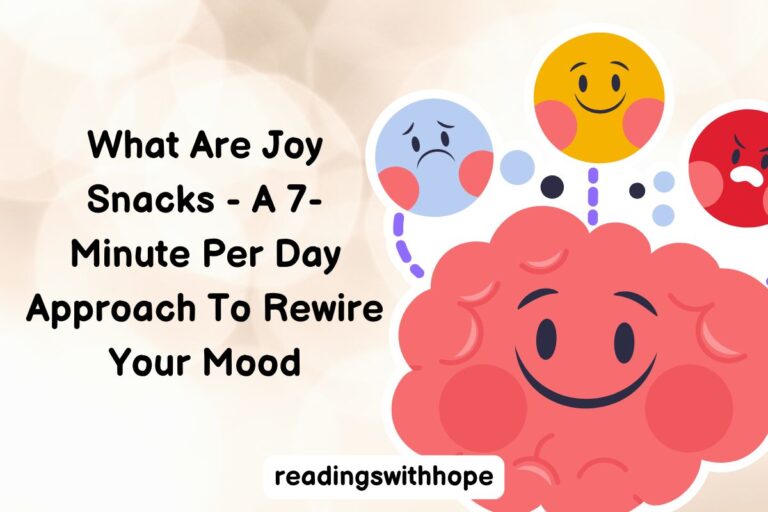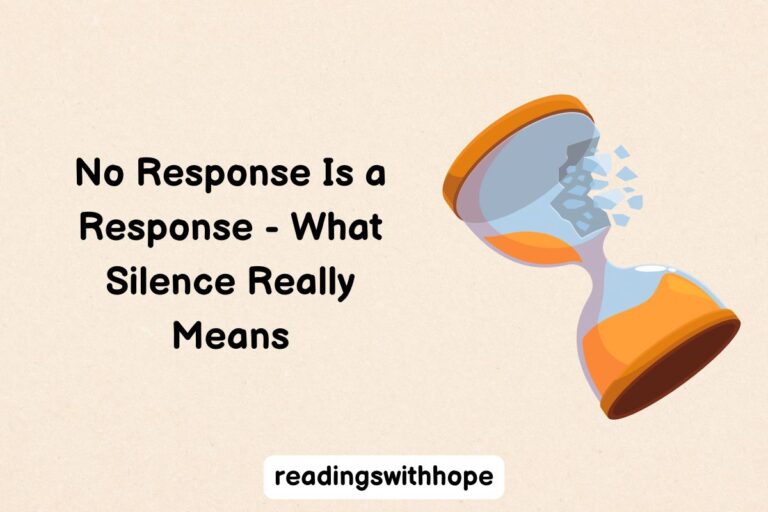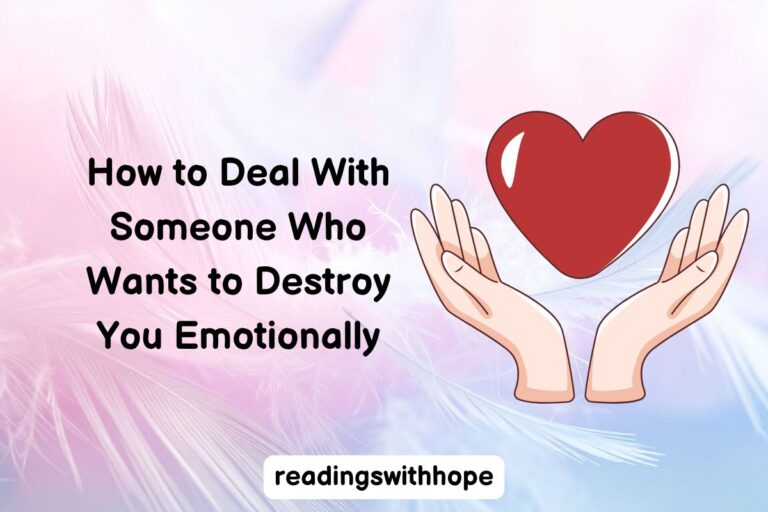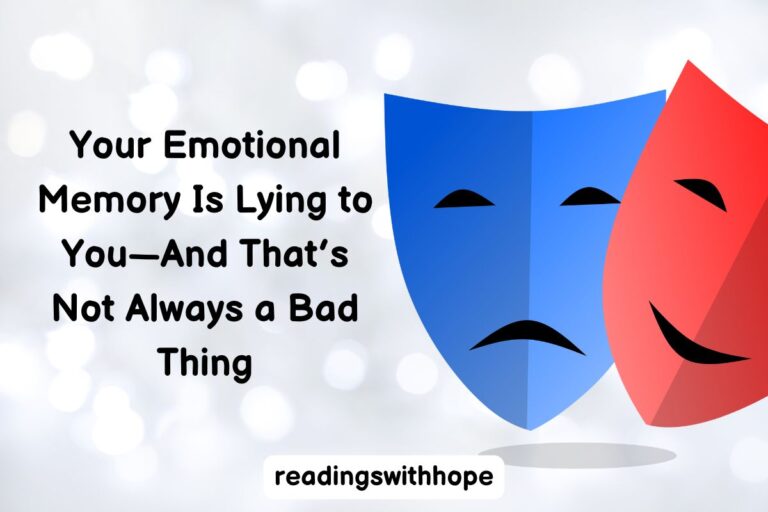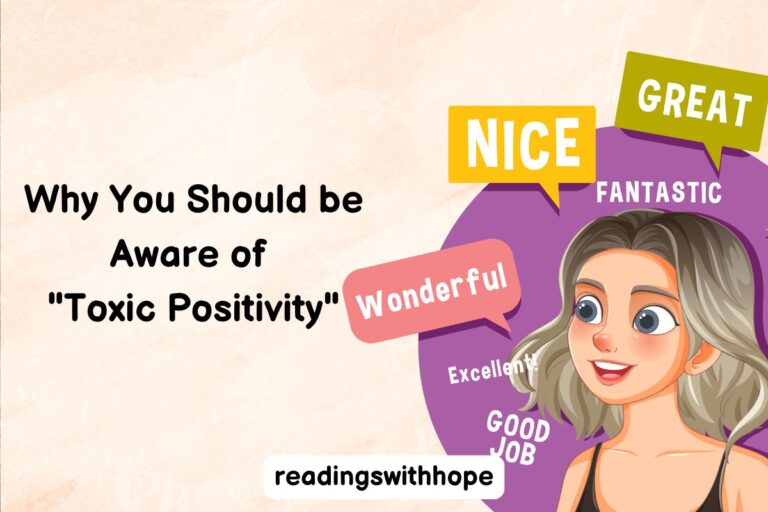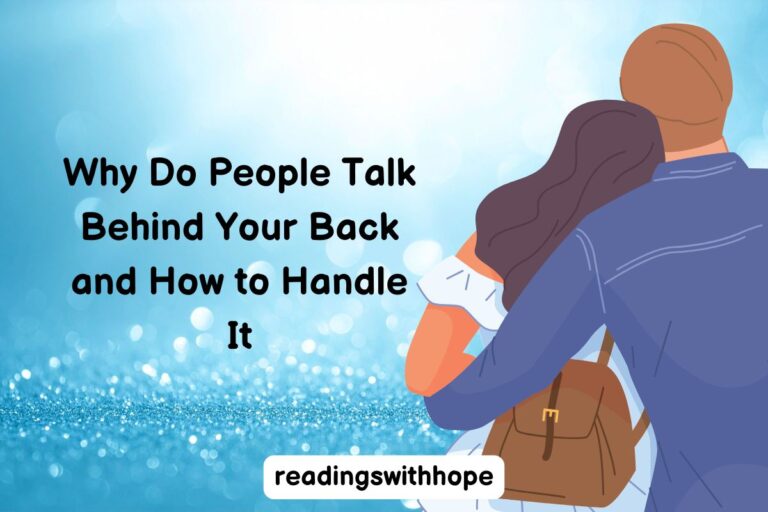A Guide Towards Digital Emotional Detox
Most of us have been there. You tell yourself you’re done, you’ve moved on, you won’t look… and then somehow, there you are again.
Scrolling their profile at midnight, checking who liked their post, zooming in on the background of a Story.
For people navigating love addiction or attachment wounds, that “checking” behavior isn’t just about curiosity—it’s a compulsion, an emotional tether to a person who may or may not even be in your life anymore. What looks like a digital habit is often covering for something deeper: an inner system scrambling to soothe, seek safety, or feel connected.
This isn’t about willpower. It’s about unmet needs, nervous system dysregulation, and the dopamine feedback loop of digital breadcrumbs. And when we look at it through that lens, the obsessive checking isn’t the problem. It’s the symptom.
So let’s get under the hood and talk about what’s really driving this cycle.
What’s Actually Happening Beneath the Surface
It’s Not Just Curiosity. It’s Self-Regulation.
We often frame this behavior like it’s just “bad discipline” or poor digital hygiene. But what if we see it for what it really is—a desperate attempt at emotional self-regulation?
For folks with anxious attachment styles or a history of love addiction, the digital profile becomes a kind of emotional IV drip. Each scroll, each like, each post is a tiny hit of information that offers temporary relief from uncertainty, ambiguity, or fear of abandonment.
Let me paint a quick picture. One of my clients, let’s call her Jaya, would check her ex’s profile multiple times a day. She knew he wasn’t reaching out. But each Instagram Story he posted gave her a shot of pseudo-connection. It helped her believe she was still “in the loop,” still tethered somehow. Her nervous system calmed—for about 20 minutes. Then the anxiety would creep back in, and the cycle would restart.
What’s wild is that her logical brain knew this wasn’t helping. But her body? Her body was addicted to the illusion of closeness.
That’s the key here: we’re not fighting logic—we’re working with dysregulation.
The Dopamine Trap Is Very Real
Social media is a dopamine machine. But for someone navigating love addiction, it’s like putting a recovering alcoholic in a wine bar and telling them to “just drink water.”
When you check their profile and see a new post, your brain lights up. That little flood of dopamine gives you a sense of reward. It tricks your brain into thinking you’ve accomplished something—you’ve “gathered data,” “checked the situation,” “stayed safe.”
But then? Nothing changes. You don’t actually feel more secure or healed. So you go back for another hit. And another.
Researchers have compared this behavior to the way people with OCD engage in checking rituals—like re-reading the same sentence, or turning the doorknob again and again. It’s not about the action—it’s about the short-term anxiety relief the action provides.
Checking gives temporary control in an emotionally chaotic landscape.
When Fantasy Replaces Reality
Let’s go even deeper. There’s this sneaky thing that happens when we stalk someone’s profile too much: we start filling in the blanks. We build narratives out of fragments.
“Oh, he’s at that café we used to go to—he must be thinking about me.”
“She liked that quote about heartbreak—maybe she regrets leaving.”
And just like that, we’re no longer in reality. We’re in fantasy.
In emotionally dysregulated states, especially post-breakup or during emotional limbo, fantasy becomes a coping mechanism. It creates meaning where there is ambiguity. And social media—where you only ever see the highlight reel—feeds that fantasy.
So when we talk about obsessive checking, we’re really talking about the brain trying to turn emotional chaos into a coherent story.
This Is Attachment, Not “Just” Addiction
There’s a lot of talk about “love addiction” being the driver of this behavior. And yes, it’s part of the story. But I think we’re missing something if we don’t also bring in attachment dynamics.
Love addiction isn’t just about being addicted to a person—it’s about being addicted to the feeling of being needed, being seen, being chosen. And when that disappears, especially after inconsistent intimacy or hot-cold relating, it activates something primal.
Attachment wounds don’t care if someone’s bad for you. They care if someone feels familiar. So even if the relationship was toxic or one-sided, the checking behavior continues—because to your attachment system, this person still represents the hope of regulation.
We’re not just chasing people—we’re chasing the parts of ourselves we outsourced to them.
Emotional Ambiguity Is an Agitator
Ambiguity is gasoline on the fire for people with emotional dysregulation.
If you’ve ever worked with clients who are stuck in the “situationship” spiral, you’ll notice that the less clear the other person is, the more compulsive the profile-checking gets.
No contact? That’s hard—but at least it’s final.
Mixed signals? That’s chaos. And chaos makes the brain desperate for answers.
So it goes hunting. Through Stories. Through comments. Through every pixel of a photo, looking for clues. It’s basically attachment system CSI.
And guess what? The brain doesn’t even need to find true information. It just needs enough information to feel temporarily soothed.
The bottom line is: obsessive profile-checking isn’t about “getting over someone.” It’s a dance between the nervous system, dopamine loops, and old attachment wounds begging for resolution.
Before we even try to detox from the behavior, we need to understand what function it’s serving. Only then can we start creating strategies that actually work—and don’t just push the symptoms underground.
Emotional Detox Strategies That Actually Work
Let’s get into the good stuff—the part where we stop just understanding the cycle and actually start breaking it.
Now, before I dive in, I want to be clear about something: I’m not here to shame the behavior. I’ve been in this cycle myself. I’ve had moments where I’d check someone’s Venmo activity just to feel connected (yes, Venmo). This isn’t about “self-control” or “being mature.” It’s about getting underneath the obsession and rewiring what’s been wired in survival.
Here are strategies that aren’t just theoretical—they’ve worked in practice, with clients, with myself, and with peers. These aren’t rigid rules. They’re invitations. Tools. Choose what resonates.
Conduct an emotional check-in every time the urge hits
Ask: What am I feeling right now? Loneliness? Fear? Rejection? Boredom?
Sometimes just naming it helps. One of my clients used to say “I check when I don’t know what to do with my ache.” That’s real.
So create a 30-second pause. Literally time it. During that pause, say out loud, “I want to check because I feel ___, and I believe checking will give me ___.” Most of the time, it’s not connection you’re chasing—it’s soothing. Naming it gives you your power back.
Create sacred distance with your phone
Okay, let’s talk practical boundaries. I’m not telling you to throw your phone in a river. I’m saying: can you make it less easy to default to checking?
- Move the app off your home screen
- Log out after every session
- Set a 5-minute timer every time you go on
That friction is enough to snap your brain out of autopilot. And let’s be real, autopilot is where 90% of the checking happens.
One woman I worked with started keeping her phone in a ziplock bag in a drawer when she felt the urge peak. Not to punish herself—but to interrupt the trance. Sometimes you just need a weird little ritual to help your brain re-route.
Schedule “urge windows”
This one sounds counterintuitive, but it’s gold. Instead of saying “I won’t check all day,” try this:
“I’ll allow myself to check once at 11am and once at 7pm. That’s it.”
This turns the compulsion into a conscious act. It gives your nervous system structure. You’d be surprised how fast the urgency fades when it knows there’s a designated time for the behavior. It’s the unpredictability that keeps the compulsion alive.
Eventually, you’ll find that the 11am urge doesn’t even show up anymore.
Build an emotional replacement routine
Here’s the most important part: You can’t just stop a behavior—you have to replace it.
This is basic behavioral psychology. We’re wired to seek regulation, novelty, or relief. So create a short menu of things that give you a similar emotional payoff without feeding the addiction.
- 5-minute EFT (tapping) session
- Voice note a friend about your urge
- Go for a walk while listening to a podcast that makes you laugh
- Create a playlist called “Don’t Check, Just Dance”
- Light a candle, write a one-sentence journal entry, and take 3 breaths
This might sound small, but it’s these tiny pattern-interrupts that retrain your nervous system.
Make your checking behavior boring
Here’s a sneaky hack I love: Make the reward smaller.
Let’s say you do check. Try this—open their profile and don’t scroll. Just look at the first post. That’s it. Then close it.
Or set a rule: “If I check, I have to write down what I learned and how it made me feel.” That accountability turns the dopamine drip into a mirror.
One client told me this changed everything for her. She said, “Once I had to actually write down what I was doing, it stopped feeling magical. It felt sad. And real. And kind of ridiculous.”
Which, in a weird way, was exactly what she needed.
Don’t go it alone
I can’t emphasize this enough: this stuff thrives in secrecy. It wants to stay in the shadows. So shine a light.
Text a friend and say, “Hey, I’m feeling the itch to check. Just needed to name it out loud.” Or send a voice memo. Or journal it.
Better yet, work with a therapist who gets the intersection of addiction, attachment, and digital behavior. You don’t need someone who’s going to tell you to just “stay busy.” You need someone who’ll help you build internal anchors so you don’t go overboard chasing external ones.
How to Track Progress Without Becoming Obsessive
Once you start detoxing from the checking spiral, it’s tempting to measure your success in binary terms. “I didn’t check today = I’m healed. I checked = I’ve failed.”
But we’re not robots. And healing isn’t a clean graph. It’s more like a messy painting that somehow becomes beautiful in hindsight.
So how do you monitor your growth in a way that’s gentle, honest, and helpful? Let’s explore.
Use compassionate metrics
Instead of just tracking “Did I check today?”, try questions like:
- How intense was the urge today (1–10)?
- Did I pause before acting on the urge?
- How did I feel after checking—or not checking?
- What tool did I try, even if it didn’t fully work?
These questions help you notice trends, not just moments. They create emotional granularity—super important for people healing from dysregulation.
One of my clients created a weekly “emotional inventory” where she’d rate how connected she felt to herself. Not the person she was obsessed with. Herself. And that metric? That’s the one that really mattered.
Look for nervous system clues
This one’s big: how does your body feel in the absence of checking?
- Are you sleeping better?
- Less stomach tension?
- Fewer racing thoughts?
- Less fantasizing about their Story?
Those are green flags. And they show up quietly.
You may not realize you’re healing until one day you’re making dinner, and it suddenly hits you: “I haven’t thought about them in hours.” That moment is gold.
Watch for mental rerouting
This is one of my favorite signs of progress: when your default thought starts shifting.
In the early days, you might wake up and think, “I wonder what they posted last night.”
But after some real emotional detox? That thought might get replaced by, “I wonder how I want to start my day today.”
You reclaim your cognitive bandwidth. That’s massive.
Have a rupture plan
You will probably relapse at some point. That’s not failure. That’s just data.
So build a rupture plan. A little emotional first aid kit you go to when you check and then feel awful.
It could include:
- A written note to yourself: “It’s okay. You’re still healing.”
- A grounding breath practice
- A list of three people you can talk to
- A reminder of why you’re doing this
The key is: rupture is part of the work, not the end of it.
Create checkpoints with real humans
Set up a weekly check-in with a friend, coach, or therapist where you reflect on your process out loud.
This isn’t about reporting progress like homework. It’s about metabolizing the experience with someone who sees your effort.
One of my group clients started a “celebrate the tiny wins” chat where everyone posted stuff like, “I didn’t spiral after seeing his new post.” or “I paused and chose journaling instead of stalking her TikTok.”
That kind of community reflection makes all the difference. Healing isn’t just about not doing the behavior. It’s about feeling differently about yourself in the process.
Final Thoughts
Let’s be real—this isn’t easy work. It’s tender. It’s humbling. Sometimes it feels downright ridiculous that a tiny app can hijack our nervous system like this. But it can. And it does.
The good news? You’re not powerless. You’re not broken. You’re just running old software that was designed to keep you safe when things felt uncertain.
Now, you get to rewrite the code. Not by cutting yourself off cold-turkey. Not by pretending you don’t care. But by learning how to care for yourself more than you care about their next update.
That’s the real detox. And it’s one hell of a revolution.

